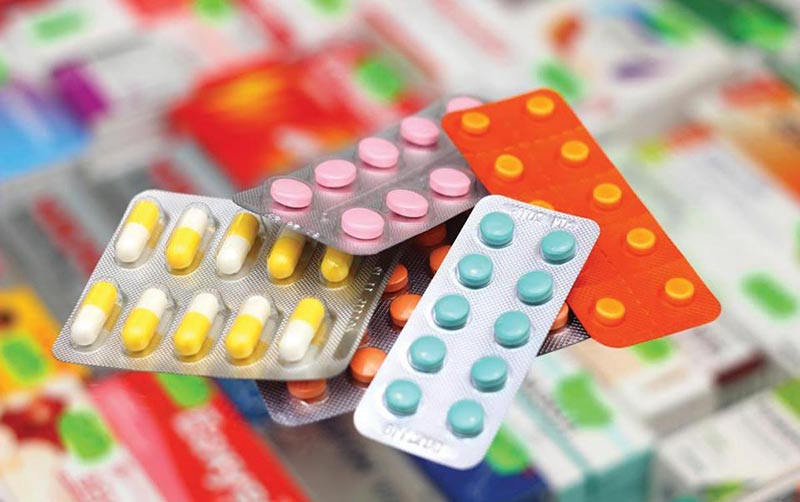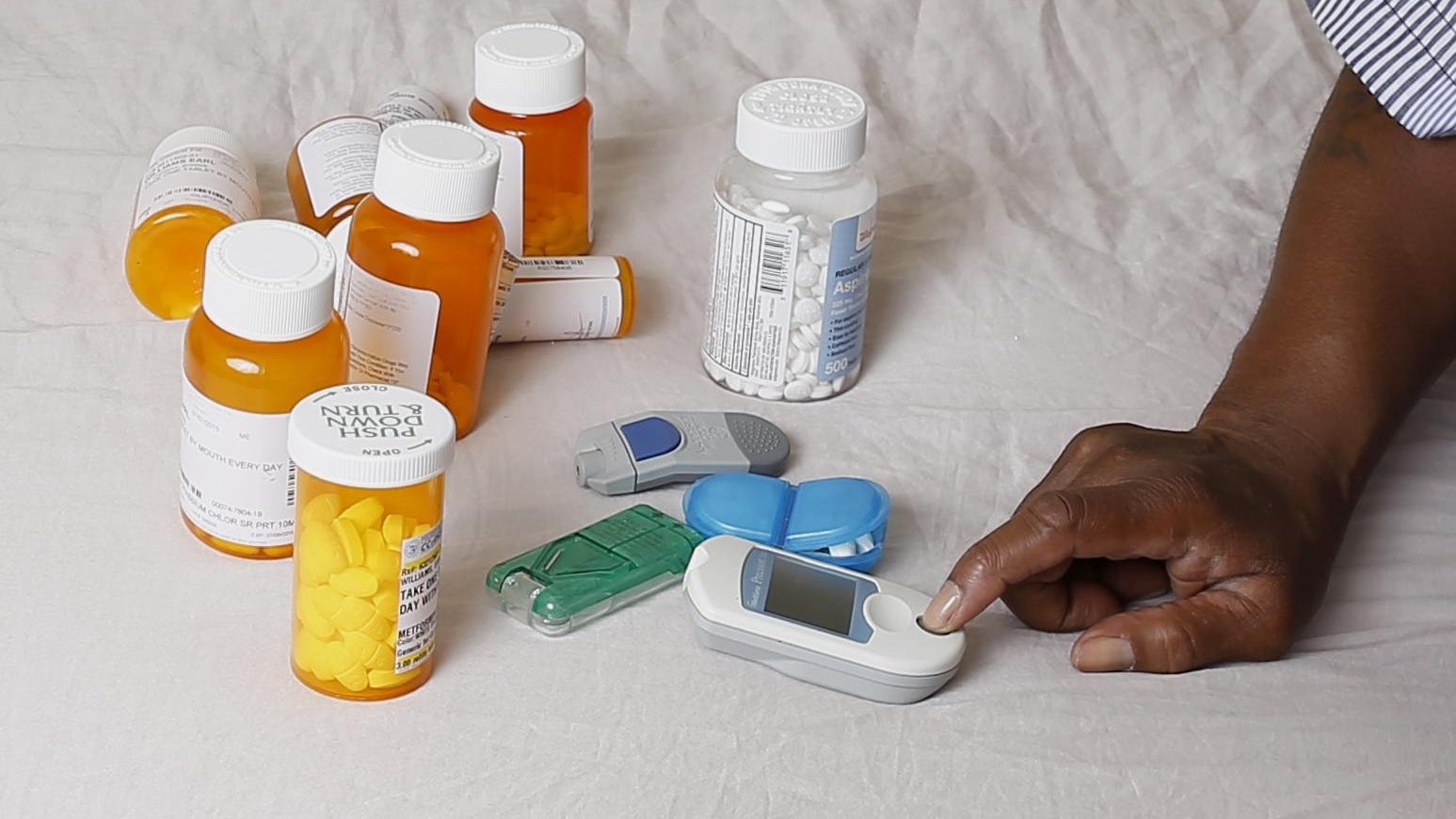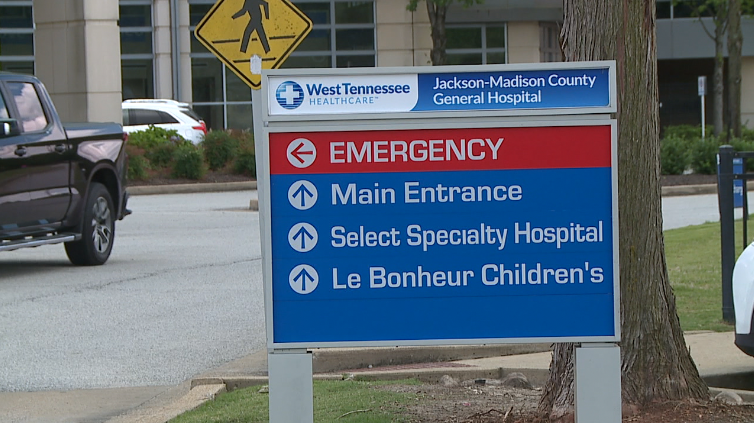Summary
At least 15 essential medicines, including life-saving drugs such as insulin, has been reported from private pharmacies across the country, according to the All-Island Private Pharmacy Owners Association.
Source: The Island

AI News Q&A (Free Content)
Q1: What historical factors have contributed to the current shortage of essential medicines in pharmacies?
A1: The shortage of essential medicines in pharmacies can be traced back to historical factors such as the economic policies that affected drug production and pricing. For example, in Iran, the removal of subsidies for food and medicine production significantly increased costs, leading to a severe shortage. The crisis has been exacerbated by economic policies that have increased inflation and reduced the availability of essential drugs.
Q2: How does the shortage of insulin impact diabetic patients, and what are the broader implications for healthcare systems?
A2: Insulin shortages have a profound impact on diabetic patients, leading to delayed treatment and increased healthcare costs. When insulin is unavailable, patients may need to seek alternative treatments, which can be more expensive and require additional medical care. The broader implications for healthcare systems include increased financial strain and the need to manage patient frustration and health outcomes effectively.
Q3: What are the key components that define a medication shortage, and why is it important to report these shortages accurately?
A3: Key components that define a medication shortage include the non-availability of drugs at pharmacies and the circumstances leading to such shortages, such as regulatory and economic factors. Accurate reporting of drug shortages is crucial for timely intervention and to ensure that healthcare systems can manage and mitigate the impact on patient care.
Q4: How do regulatory frameworks influence the availability of medicines in pharmacies?
A4: Regulatory frameworks play a significant role in the availability of medicines. For instance, parallel trading, quality standards, and business decisions to halt or reduce manufacturing can all affect drug availability. Regulatory environments, particularly in the European pharmaceutical system, need careful analysis to understand their impact on medication shortages.
Q5: What recent developments have been made in the treatment of type 2 diabetes, and how might these be affected by pharmaceutical shortages?
A5: Recent developments in the treatment of type 2 diabetes include the approval of tirzepatide, a first-in-class medication that has been approved for both diabetes treatment and weight management. However, pharmaceutical shortages can hinder access to such innovative treatments, affecting patient outcomes and healthcare costs.
Q6: What methodological approach is used in studies assessing drug shortages, and what are the expected outcomes of such research?
A6: Studies assessing drug shortages often use an observational methodological approach, collecting data from patients at outpatient pharmacies. Expected outcomes include identifying the reasons behind drug shortages and understanding their impact on patient care and healthcare costs.
Q7: How might economic policies and currency exchange rates influence the availability of medicines in different countries?
A7: Economic policies and currency exchange rates significantly influence the availability of medicines. For example, in Iran, the removal of a fixed exchange rate for the US dollar caused imported raw materials for drug production to become prohibitively expensive, leading to shortages. Such economic changes can cripple domestic production and increase drug prices, affecting availability.
References:
- Medicine shortage in Iran
- An assessment of the factors contributing to the unavailability of drugs at outpatient pharmacy of tertiary care hospital: an observational study





